Time to Reflect and Regroup
This is less of an update and more of a do-over. I wrote some months ago that I was planning for this coming June. As I have been researching what it takes to climb Mt. Rainier for an able-bodied team, I have come to realize that while it would be possible to plan and execute in 6 months, it may not be wise. An adventure of any kind for a disabled person is a much larger undertaking. I can’t just get some like-minded friends together and say let’s go do this. I need a team that I can rely on to keep me safe. I also do not want to put that team at any greater risk than is likely on any other ascent. I need to be trained as well as have the proper gear for myself. It isn’t just about getting Enock up a mountain it is about allowing Enock to achieve a goal while lending assistance when needed. I want to be part of the team, not just a passenger.
What I Have Learned AKA Danger Will Robinson!
During my extensive reading of trip reports and various other articles about ascents of Rainier, I have come to understand this is not just hiking up a really big mountain. It is steep and formidable. The route we are taking is Disappointment Cleaver. This route is actually 6.5 miles from the parking lot at Paradise to Summit Crater. There are sections that are sloped 45 degrees with ice and rock. The temps can get down to -5 with wind speeds averaging 20 miles per hour but can sometimes be between 70-90 miles per hour. To give some perspective this is the mountain that people use to train for Mt. Everest. This ascent will also take at least 8 people, with all their gear, food, and travel. This is not a cheap date. If I chose to use a guide service that would add at least $16,000 on to the price tag. I am hoping to go with a group of friends, 2 of which will be the guides.
The Proposed Plan
Our plan so far is to build a frame that attaches to my monoski, which still needs to be designed, built, and tested. The frame will have skis on it with shock absorbers to allow me to slide across the glaciers. I will attach a pedal system with a sailing winch as the sprocket. This “winch” will allow me to pedal and reel in the ropes that will be set for me to propel myself. I will also need warmer than usual clothing as my legs and feet do not produce enough heat to keep me warm.
I, of course, have a team in mind based on the amazing people that helped me climb El Capitan. They also have lives of their own. So that may be the most difficult part, getting 8 people to all have the time at the exact same time will be tough. We are hoping for 2 days of getting things together and resting up, 5 days of ascent and a couple days of descent. We have discussed using my monoski to just ski back down in the sections that are possible. I am not so sure that will happen but its a good goal to have in mind. I would definitely love to pull it off but there really isn’t a way to test skiing on anything that steep near me. I also recently got a new job which adds a whole new element of difficulty. I need to find the time to train and test gear while only having a couple days off a week. If I could just do it on my own that wouldn’t be such a big deal but I am going to need people to help with that too. There is also the fact that the top is 14.411 ft above sea level. I have never been that high without oxygen. We will be going very slowly so this shouldn’t be a problem but it would be good to find out before I got there.
History of Disabled Ascents
I like to point out other peoples accomplishments with my blog to show the world what is possible. I am certainly not the first to try this adventure and I doubt I will be the last. In fact, I hope I can inspire lots of other people to push their limits and try the things I am doing.
There was an ascent in July of 1981 consisting of 12 disabled climbers including six blind, one amputee, two deaf and three more with diseases, like epilepsy, heart disease, and cancer. Check out their story here:Disabled Climbers Summit Rainier
Jeff Pagels who I have actually talked to and been able to garner a lot of great information from did it in 1999. He also uses a wheelchair. He not only did Rainier but also Mt. Whitney and was a 2-time gold medalist in the Paralympics. Check out his story here: Jeff Pagels
Paraplegic climber Peter Rieke reached the summit of Mount Rainier under his own power – the first paralyzed climber to achieve that goal according to the National Park Service, He used a hand-pedaled device with tracks instead of wheels which he dubbed the snow pod. He not only did Rainier but also Mt. Hood and many others. Check out his story here: Peter Rieke Rainier
Making It Happen
I have now recruited the expertise of my friends Danika Gilbert and Dave Penney to help me pull this off. They have guided all over the world including Nepal, Afghanistan, and their native state of Colorado. Danika is also a 2018 inductee in the Hall of Mountaineering Excellence. She is, in fact, the person that gave me the idea to climb El Capitan and helped me write grants to make it happen. Dave was instrumental in an adaptive ascent of Mt. Kiliminjaro with Chris Waddell. Dave designed and built a 4 wheel hand cycle to allow chris the ability to ascent Kilimanjaro. He also lead the ascent. You can check out the story of Kilimanjaro here: Chris Waddell and Dave Penney
With the help of Danika and Dave I hope to be ascending Mt. Rainier in June of 2020. That gives us a year and a half to plan and execute. I am also going to try to do some fundraisers along the way to be looking for that if you would like to help out. I will keep everyone updated as the pieces come together.
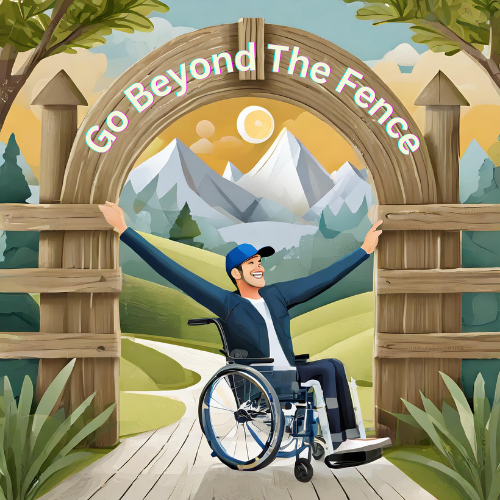

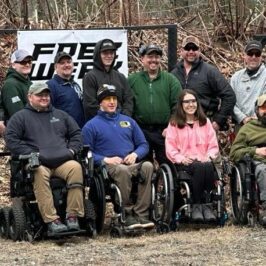
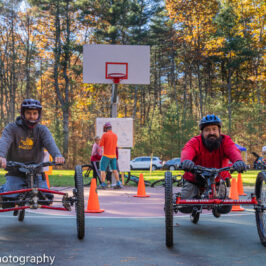
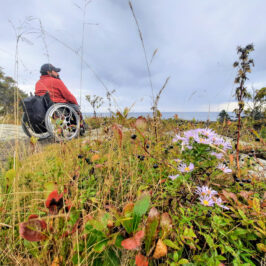
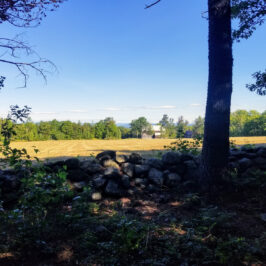
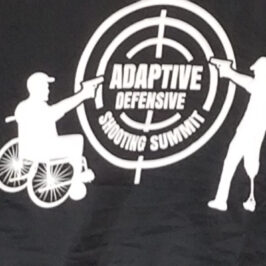
Leave a Reply